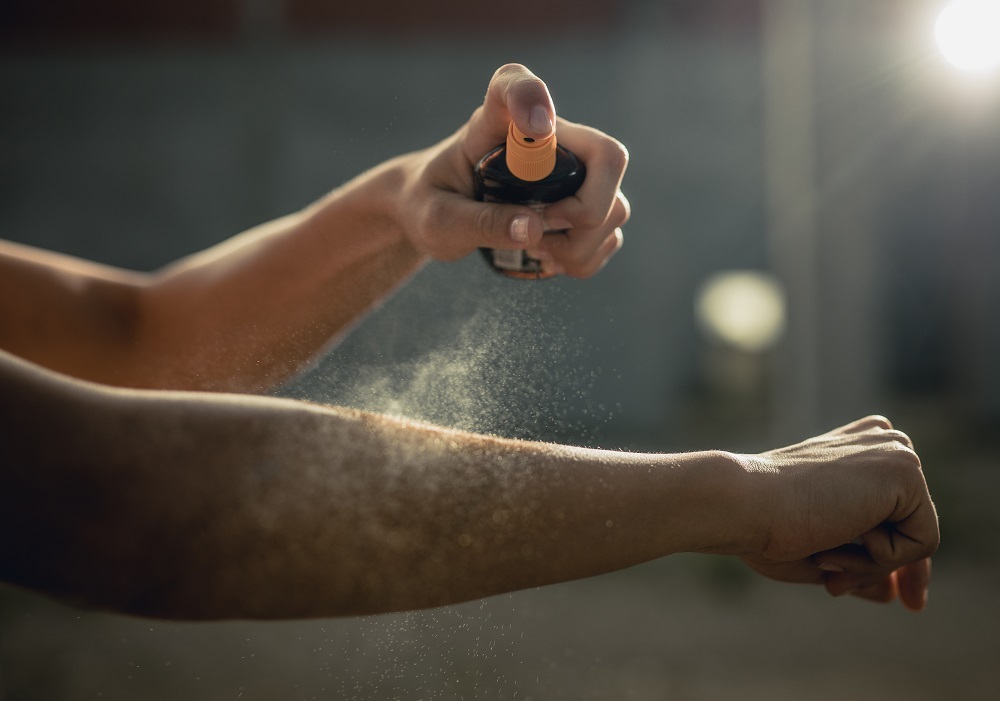By Julie Ross, International business development director
The European Commission now seems to routinely extend the list of carcinogenic, mutagenic, or reprotoxic (“CMR”) substances that are prohibited for use in cosmetics throughout the EU.
Most of these banned substances are relatively unknown, but a growing number are found in many cosmetic products.
The most recent amendment to the list of CMR substances includes a few new constituents prohibited for use in cosmetics, implemented by Commission Regulation (EU) 2021/1902 of 29 October 2021 amending Annexes, II, III and V to Regulation (EC) No 1223/2009. Notably, one of those substances is lilial, or butylphenyl methylpropional, an ingredient used in many products to add a floral fragrance. Lilial has been identified as a reprotoxic substance that could cause infertility in rare cases when used in large amounts.
While this ban may be in the best interests of consumers, it bears consequences for the cosmetics industry. CMR substances that are prohibited for use in cosmetics cannot be made available on the EU market from the date the ban goes into effect. This provision may be difficult for companies to comply with, as there is usually a short time between the addition of a new prohibited substance and the effective date of the ban. In the most recent case, the amendment was released in October 2021 and went into effect in March 2022.
Because of this short timeframe, manufacturers, distributors, and retailers should work together to identify products containing the substances and remove them from production, distribution, online marketplaces, and brick-and-mortar stores.
Each party, of course, is responsible for its own respective role – i.e., the manufacturer must stop producing the product or reconstitute it, the distributor must stop supplying it, and retailers must stop selling it. But there are some questions about whether the manufacturer has responsibilities for a product throughout its life cycle. This could require manufacturers to go beyond just stopping production and reconstituting products, to actively removing any banned substances from the market. Additionally, they may also be held responsible for notifying distributors of the need for a market withdrawal or recall.
Though the duties of each party can sometimes be ambiguous, it’s important for manufacturers to be aware of how their responsibilities may expand when one of their products contains a newly banned substance. Cosmetics laws almost always supersede contractual agreements between responsible persons and distributors.
That means manufacturers could still be found at fault if their distributors fail to remove products from the market, regardless of whether the manufacturer stopped producing the product.
As a result, manufacturers should take all necessary steps to ensure a product is fully withdrawn from the market and avoid a damaging recall. That includes communicating explicitly with distributors about which products are affected and need to be withdrawn from the market. Manufacturers should also consider communicating with consumers about which products are impacted and how they will be remedying the situation, whether that involves ceasing product manufacturing, or reconstituting it without the prohibited substance.
As the Commission regularly reviews CMR substances, the list of banned materials will likely grow. Smart manufacturers can work with third party experts — like Sedgwick brand protection, who have more than 25 years of experience with recall planning and management — to establish a plan for executing necessary recalls and avoid serious damage to their brands.

